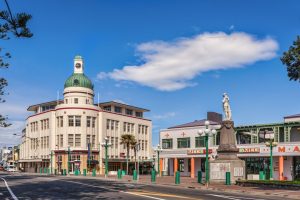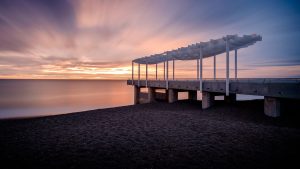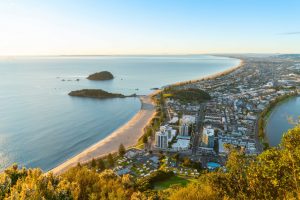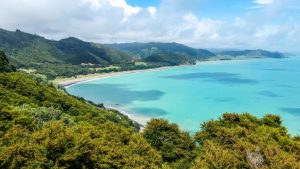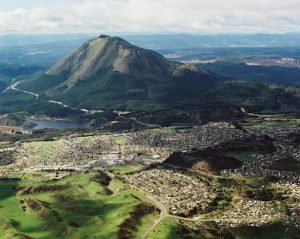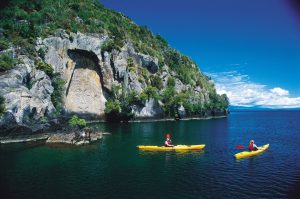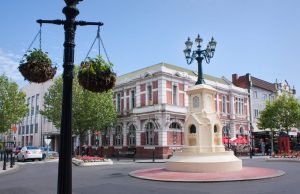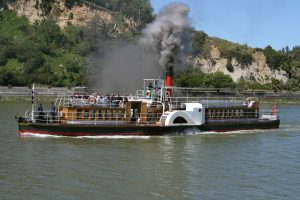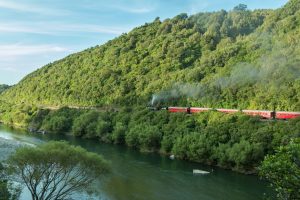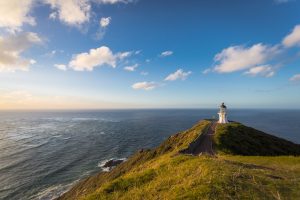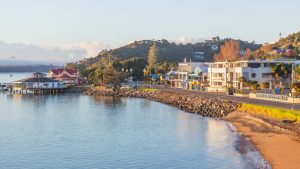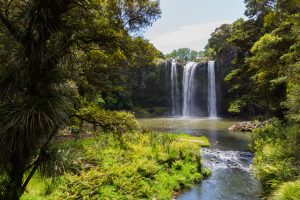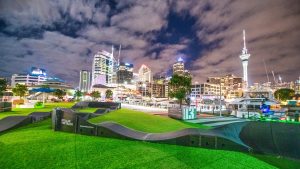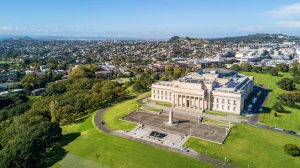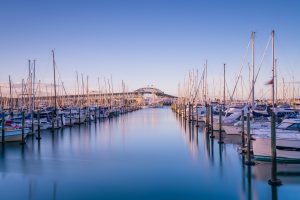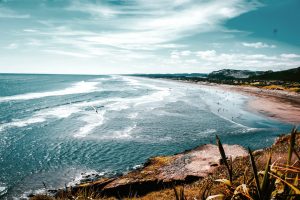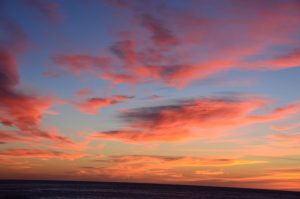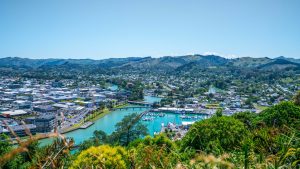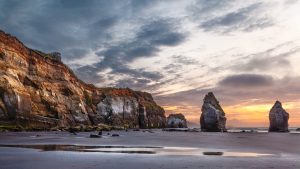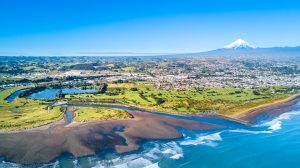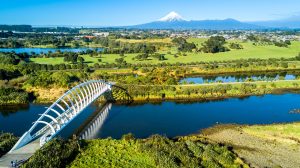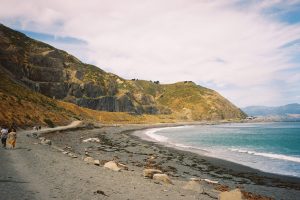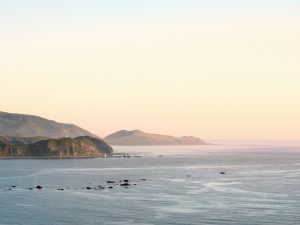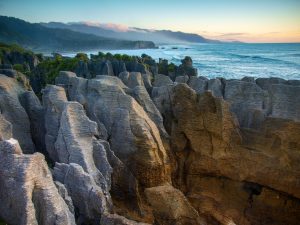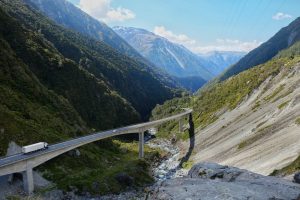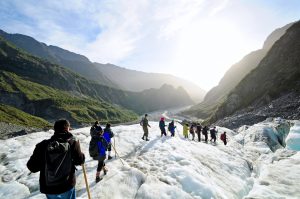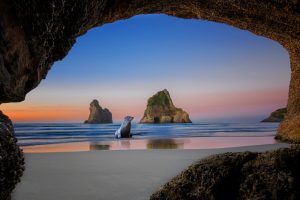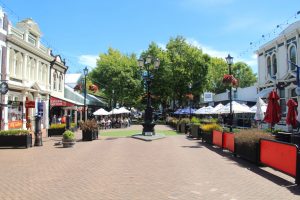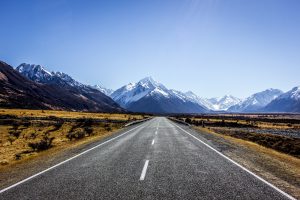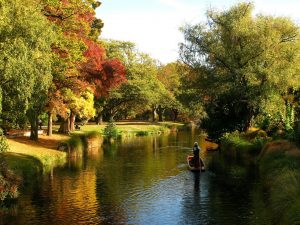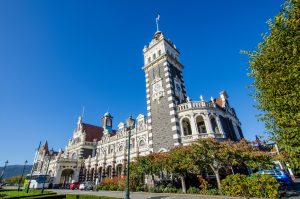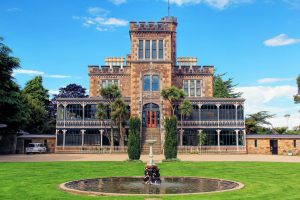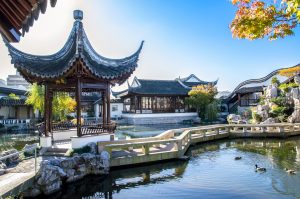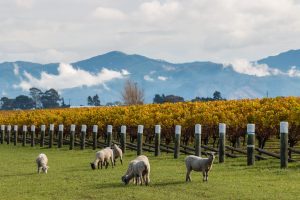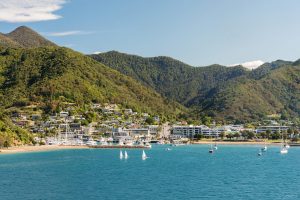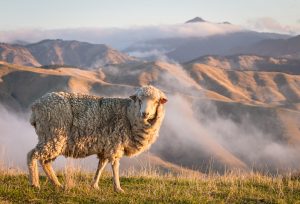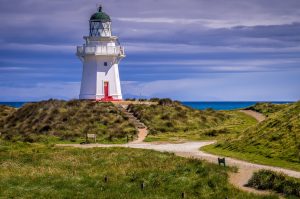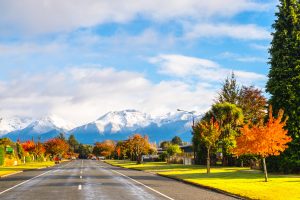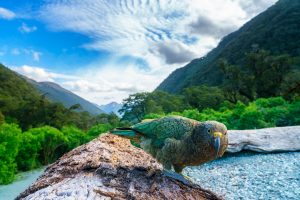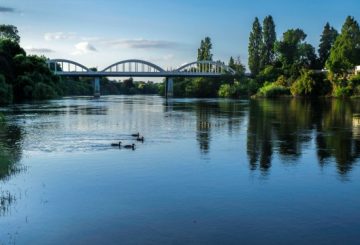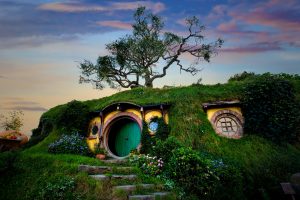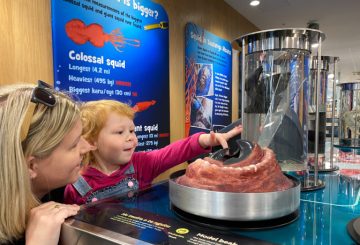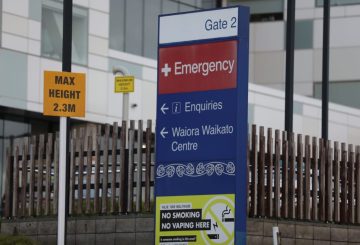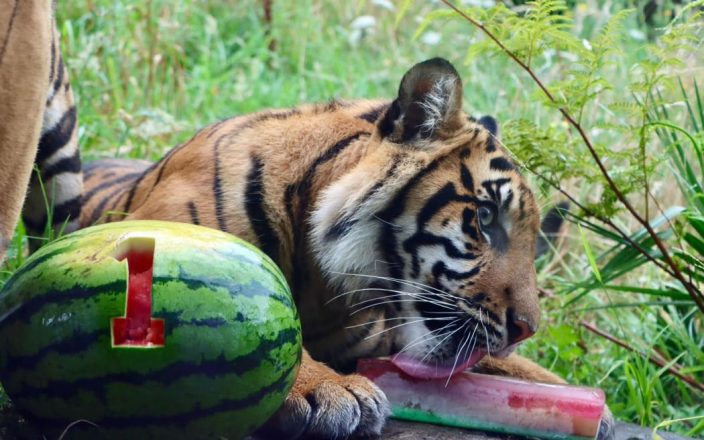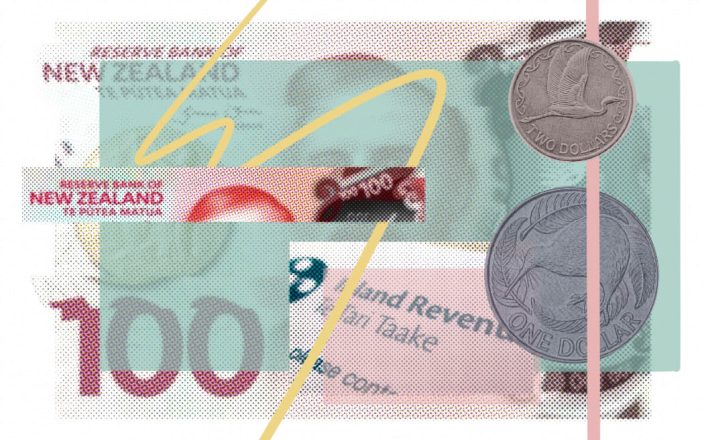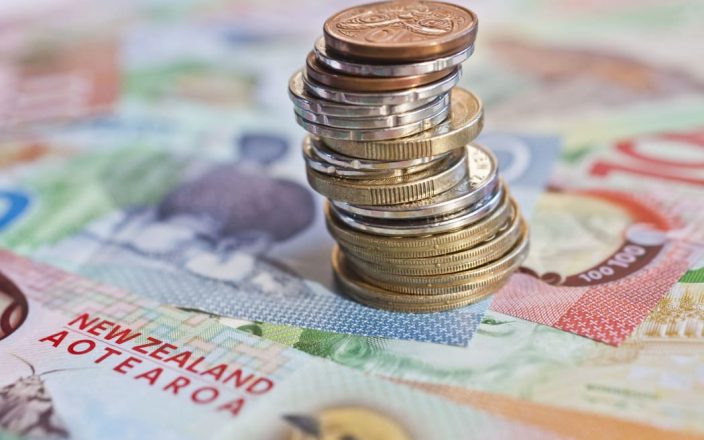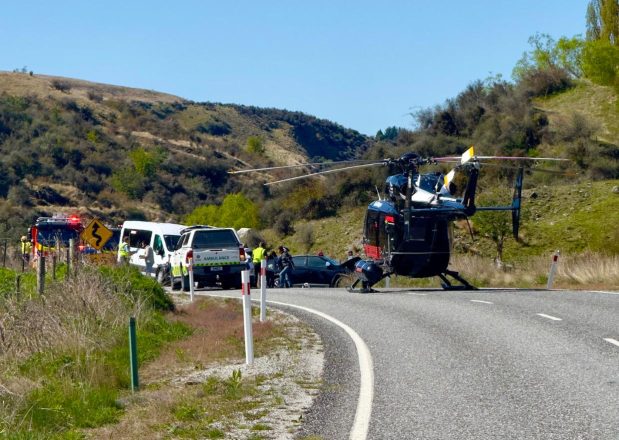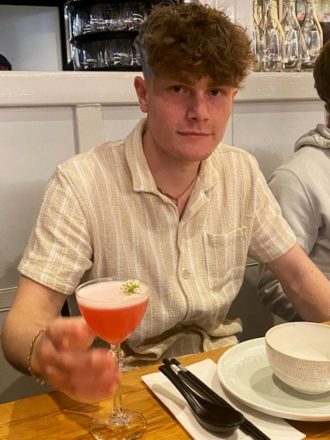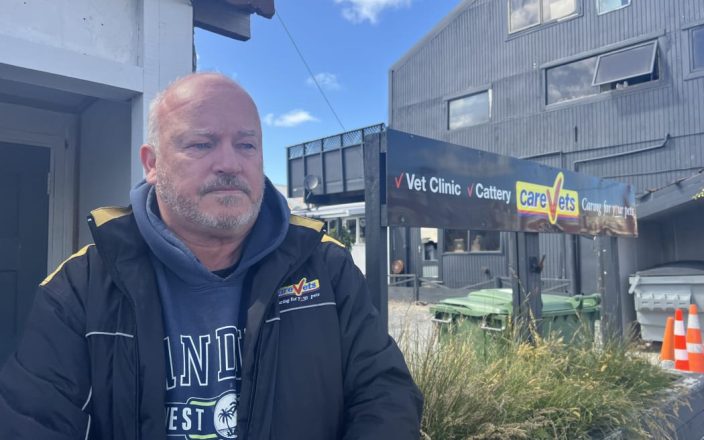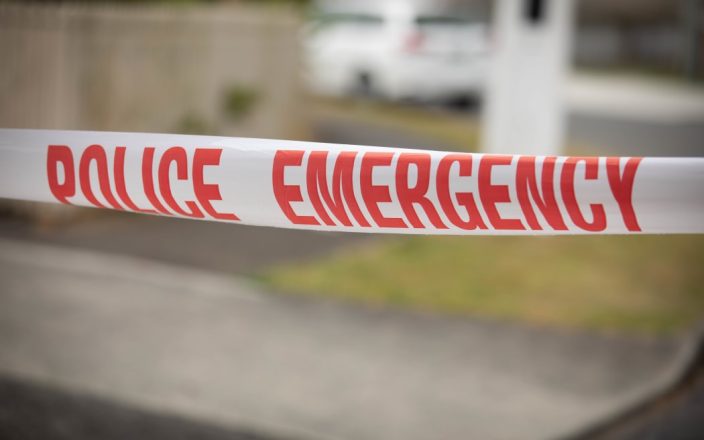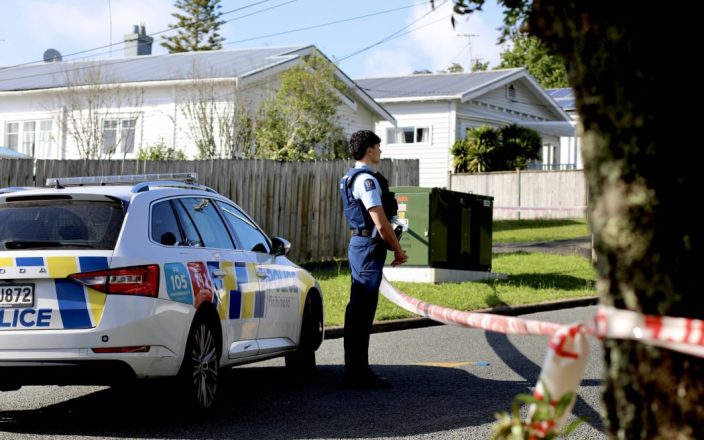Полиция предлагает вознаграждение в размере 100 000 долларов за информацию, связанную с исчезновением и предполагаемым убийством Джессики Бойс в 2019 году. Следователи, раскрывшие в эфире телеканала TVNZ «Холодное дело», что, по их мнению, за ее исчезновением и смертью, скорее всего, ответственна группа, замешанная на сцене с применением метамфетамина в Мальборо, впервые обнародовали эту информацию.
Бойс, 27 лет, пропал без вести 19 марта 2019 года из Ренвика, недалеко от Бленхейма. Последний раз ее видели около 16:00, когда она ехала на запад из Бленхейма на красном каюте своей матери с пассажиром-мужчиной. Предполагалось, что на ней были черные очки, майка, шорты с цветочным рисунком и она шла босиком.
Автомобиль, соответствующий описанию машины матери Бойса, последний раз видели в районе озера Чалис около 17:00 иностранные туристы. Через три дня его нашли на дороге, ведущей к озеру в лесопарке Маунт-Ричмонд. В нем были спрятаны разбитые очки Бойса. Профиль мужской ДНК на очках не удалось сопоставить, но образец женской ДНК был подтвержден как образец ДНК Бойса. Кроме того, вокруг зеркала заднего вида было обнаружено ожерелье, которое она, как сообщается, так и не сняла.
В октябре 2019 года дело было официально переведено на расследование убийства, но тело Бойса так и не было найдено. Полиция считает, что ответственность за ее исчезновение и смерть несет группа людей, замешанных на месте происшествия с метамфетамином в Мальборо. Полиция знала, что Бойс употреблял наркотики и торговал ими.
Старший сержант детектива Киран Слоун сообщил, что в этом деле участвуют от восьми до десяти человек, как мужчин, так и женщин, некоторые из них — пакеха, другие — маори. Одна из них была подростком, а некоторые были матерями. Кроме того, в момент исчезновения Бойса два человека, представляющие интерес, обменивались срочными текстовыми сообщениями. Известно, что одно из них в прошлом доставлял Бойс.
Расследование продолжается, и всем, у кого есть соответствующая информация, рекомендуется связаться со следственной группой по телефону 0800 COLD CASE (0800 2653 2273).

